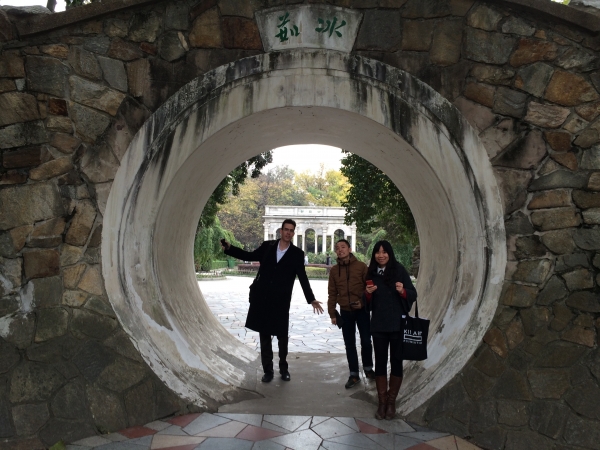Source: designboom (“john craig freeman invites us to virtually visit the wet market of wuhan in augmented reality.” May 29, 2020.)
through the emergent technology of augmented reality, artist john craig freeman invites viewers worldwide to virtually visit the wet markets of wuhan — the place where COVID-19 is believed to have originated. in the development of the transformative, at-home installation, the artist makes use of an immersive portrait of wuhan he had taken in 2016. now, remote visitors might walk through a full scale projection of the market. freeman introduces this experience as a continued body of public work that reveals where the forces of globalization are impacting the lives of individuals in local communities. the work seeks to expand the perception of ‘public’ by exploring how digital networking transforms a sense of place. experience the augmented ‘wet market, wuhan.’
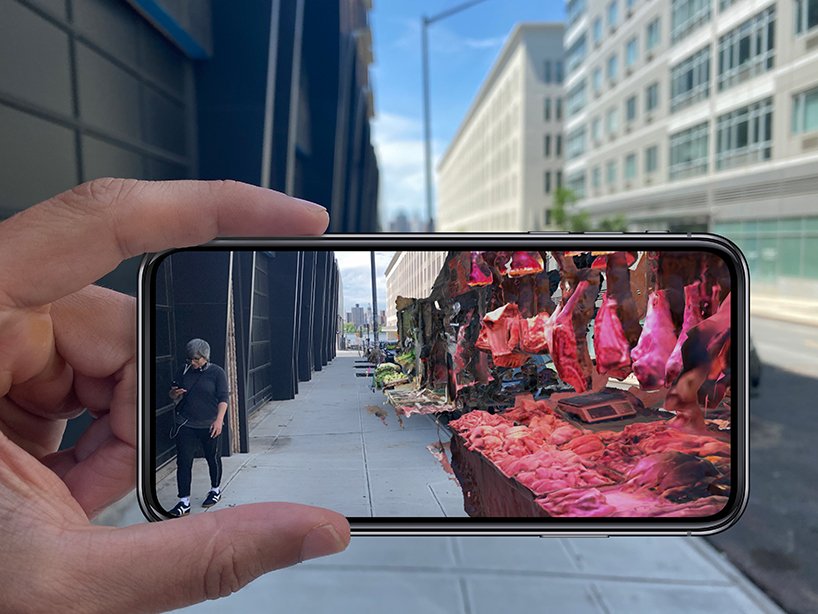
during the development of the augmented reality project ‘wet market, wuhan,’ artist john craig freeman traveled to the city of wuhan in 2016. the trip was part of the U.S. state department’s cultural diplomacy program, ‘zero1 american arts incubator.’ the project serves as a part of an extensive body of work which documents the rapidly changing city and sheds light on the complex and nuanced historical culture it holds. today wuhan has become a household name as the epicenter of the COVID-19 pandemic. together with virtual technology and freeman’s unique work, audiences have the opportunity to immerse themselves in the historic area.
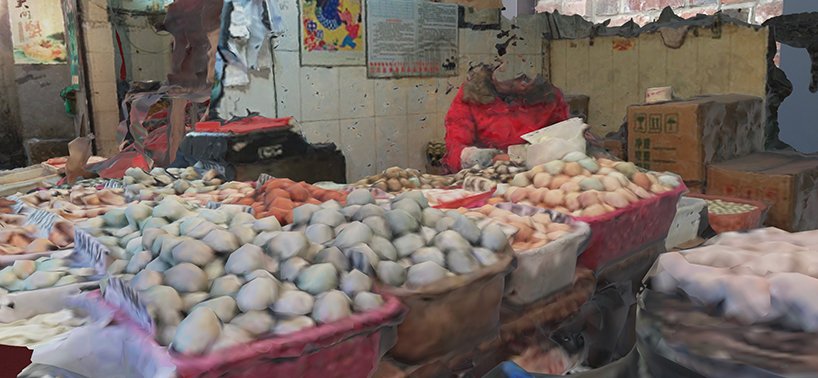
to capture the desired augmented reality vision of the wuhan wet market, john craig freeman makes use of a process called photogrammetry. with this strategy, the artist stitches together thousands of individual images into one single three dimensional file. the resulting portrait explores the boundaries between realistic portraiture and expressionist representation. the artist explains that his work focuses on capturing a singular moment in time and does not wish to participate in the current political accusations of wuhan as the target of public health failings. freeman comments: ‘using this ancient city and its local customs as a political cudgel does nothing to solve the problem caused by the threat of global pandemic. only science can solve these issues.’
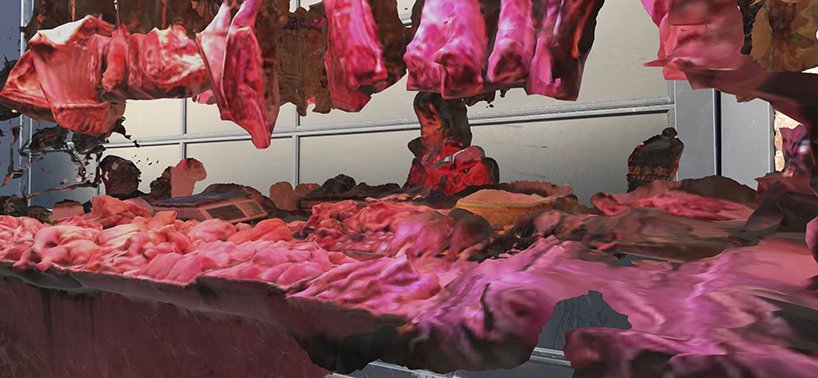
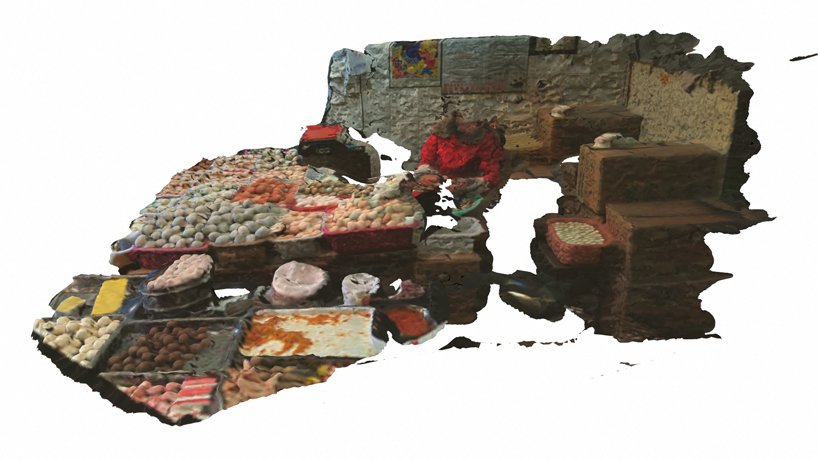
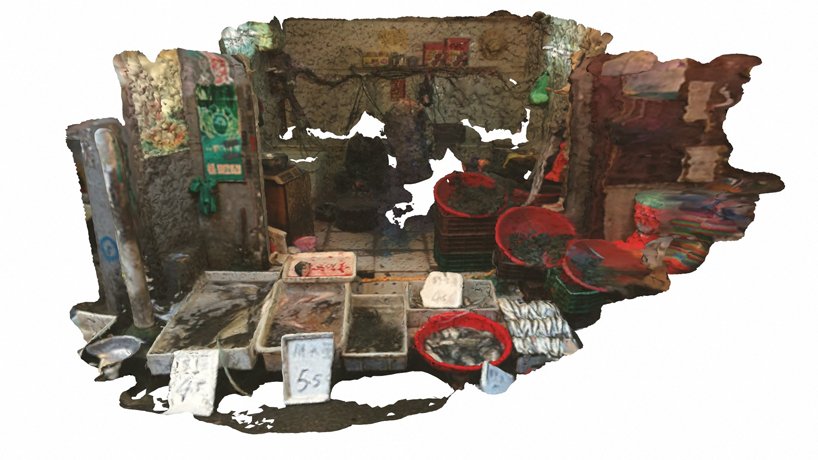
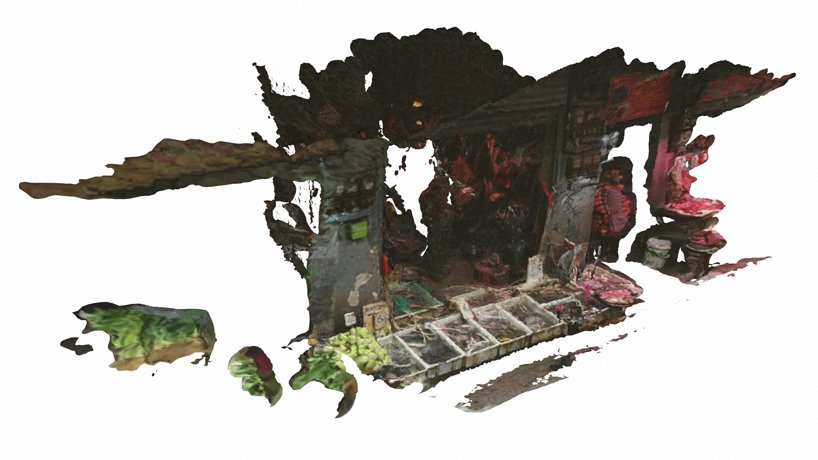
project info:
project title: wet market, wuhan
artist: john craig freeman
platform: allworld.io | @allworld.io
After much anticipation, Portal to an Alternative Reality was launched last night at the Arts Incubator program's Closing Ceremony and Reception at K11 art village.
Despite the rain, we had a strong turnout for the event. Joseph Zadrozny, U.S. Consul General in Wuhan, acted as Master of Ceremony.
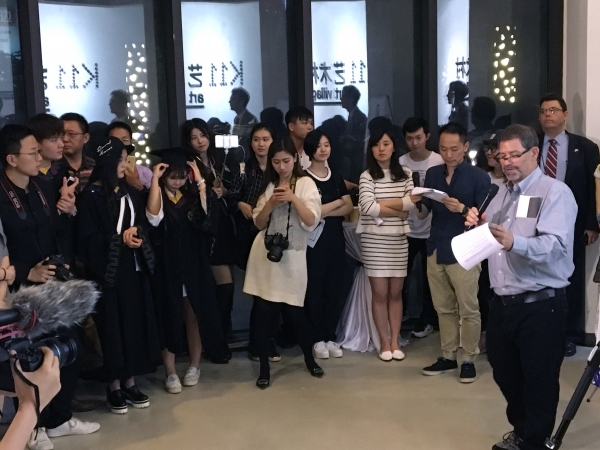
Jamie Dragon (Public Affairs Officer at the U.S. Consulate) and I handed out awards to the teams.

Webcast star Lian Lian 连连 returned to webcast live on Douyu.com at the Portal to an Alternative Reality reception. She had an impressive 6,092 live viewers.
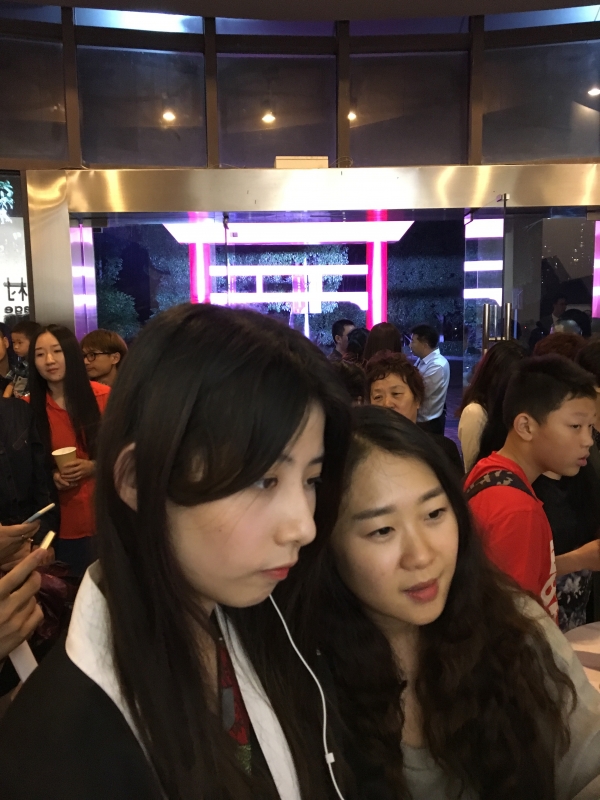
In his seminal short story from 1982 "Burning Chrome," William Gibson notably coined the term "cyberspace.” The concept was later popularized in his acclaimed debut novel, Neuromancer in 1984. I happened to be rereading Count Zero, the second entry of the Sprawl trilogy, Neuromancer being the first.
Another less written about concept that Gibson introduced in these books is the idea of sim-stem stars. Twenty years before anything like reality TV appeared, Gibson imagined people who would become famous by simply living their lives and broadcasting it. In Gibson’s world, the post-apocalyptic, the one-two combination of lowlife and high-tech shanties of the Sprawl, people don’t watch TV, they don’t even wear VR headsets. The sim-stem stars’ broadcast was wired directly into the audiences brainstem through a cybernetic port implanted just behind the ear, like a USB or SD card reader. Gibson uses the term “jacking in.”
Anyone can become a sim-stem, but having your eyes removed and replaced with a set of Zeiss Ikon implants, a combination of camera and live streaming device, is expensive. Thankfully Lian Lian is able to broadcast her life using a comparatively accessible and less intrusive bit of technology — a cell phone on a selfie stick.
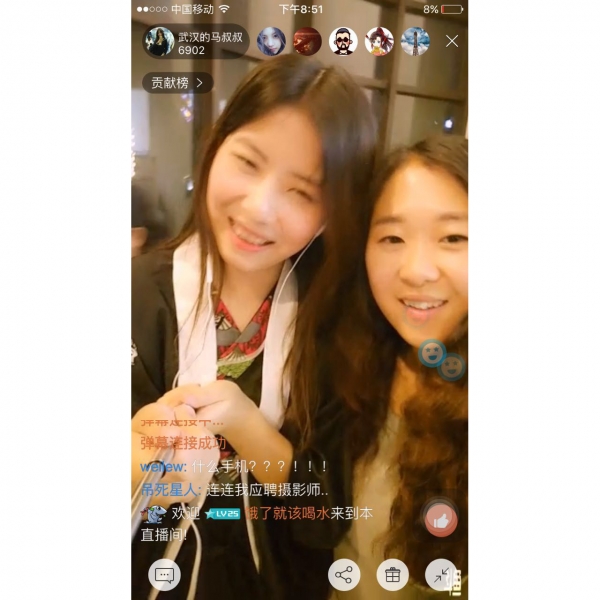
Lian Lian's cell phone was just one of the many mobile devices in the room. Other attendees used their smart phones and tablets to view the community artist teams' augmented reality creations. In addition to plenty of iPads circulating within the crowd, we had a large plasma screen attached to an iPhone.
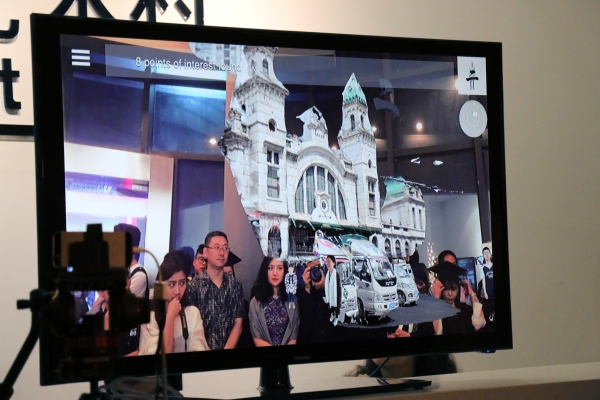
Here are some screen recordings of the teams' work:
Team 1, A Crow Drinking Water.
Team 2, Wuhan Dazhimen Railway Station.
Team 3, The Vanished Nanhu Airport.
Team 4, Through Gate.
Chinese social media is amazing and way different than what we're used to in the U.S. I am still getting a handle on it, but it feels like a great start to have 82 friends in Wuhan!
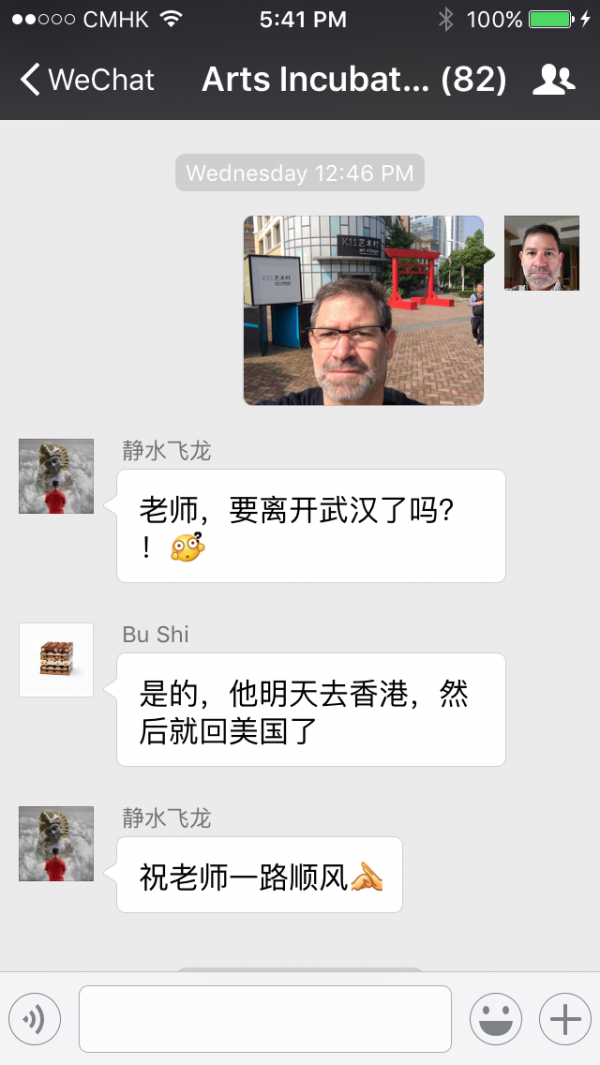
I still am utterly astounded that we managed to actually build the portal as planned, both its physical structure and its many virtual realities. It was a big idea which took the collaborative efforts of an entire city. Well, at least hundreds of people from across Wuhan - not exaggerating. I am very grateful and profoundly honored by everyone's hard work and commitment, and for welcoming me and the ZERO1 American Arts Incubator to the city. I will miss all of my new friends, but hope to return one day to this remarkable city. I shot this video of Kristy Shang and Bond Zhu on my last day at the K11 studio.
A community panel was assembled to judge the presentations by workshop participants. The panel consisted of:
The Augmented Reality Workshop participants produced six very thoughtful proposals by six very diverse teams. Four of these proposals were selected as finalists by the community panel:
Team One is proposing a city-wide project titled A Crow Drinking Water, which uses Augmented Reality (AR) to document and respond to the loss of three quarters of Wuhan’s lakes to land reclamation and development.
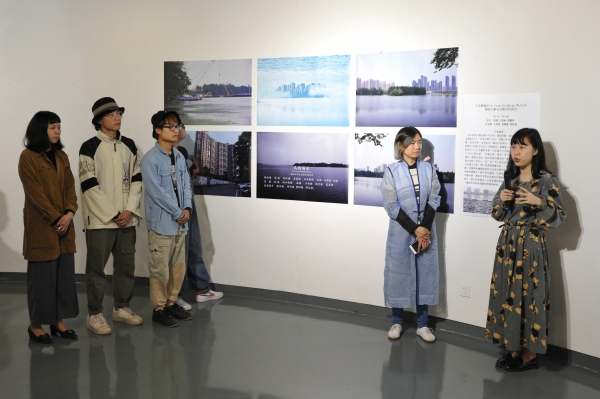
Team members include Xiaoxin Wang 王晓新, Penghui Lai 赖鹏晖, Xiaoting Gan 甘逍婷, Chenqiang Zhou 周陈强, Zhang Zhou 周璋, Qingxi Wang 王清茜, and Shanshan Zeng 曾姗姗.
Team Two will investigate the history of the original Wuhan Dazhimen Railway Station, a beautiful French style building from the 1920’s which was once the most modern and important railway station in China, and helped to shape Wuhan’s image as a transportation hub. The building stands abandoned today and the group is proposing a kind of AR museum, accessible from the street.
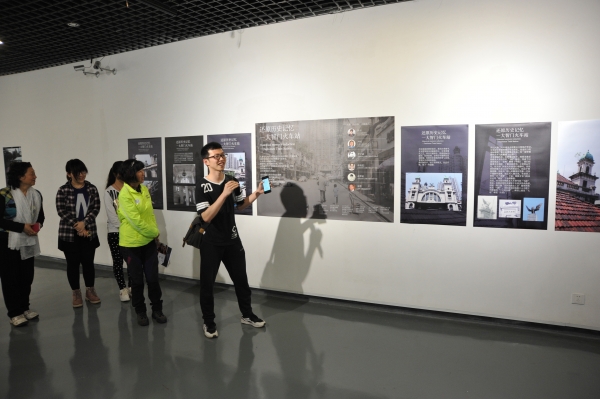
Team members include Wu Jun 吴君, Yin Chuang 尹闯, Li Ziwei 李子威, Zhao Mengdi 赵梦迪, and with consultation by Chen Yong 陈勇.

Team Three will focus on the site of the former Wuhan Airport in Wuchang in their project titled The Vanished Nanhu Airport. Although the flight control building is still extant, it has been redeveloped as part of a sprawling housing development. Indeed the former runway is a traffic congested street artery which, if all goes as planned, will one day have period planes taking off and landing on it again, at least virtually.
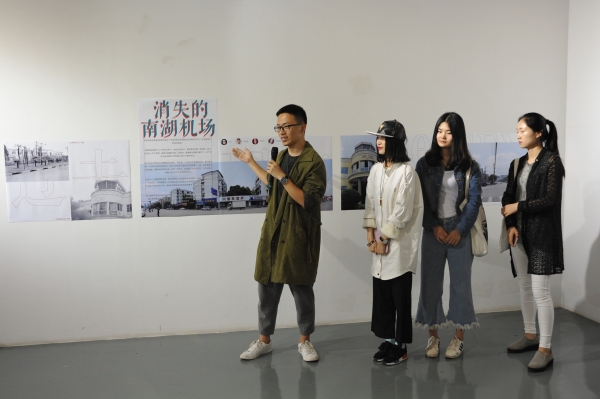
Team members include Zheng Fugui 郑富贵, Deng Fugui, Cao Xiaoli 曹晓黎, Yao Leyue 姚乐月, 邓佩, Deng Pei, and Liu Fan 刘凡.

Team Four will continue the portal gate concept in their project, Through Gate, to include creating a network of portals connecting the institutions and students at several of the important universities in the city, which all have gateway entrances.
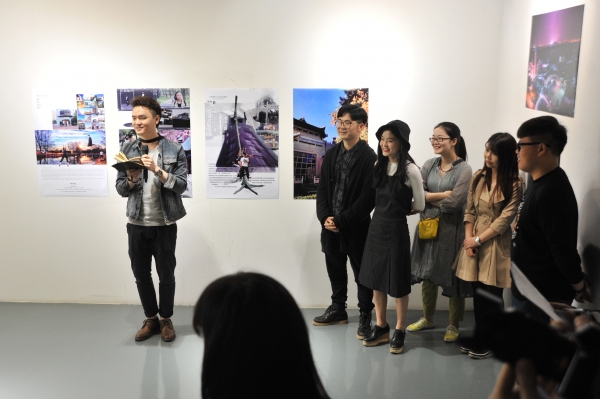
Team members include Yuetong Wang 汪玥彤, Zhuojun Hu 胡卓君, Feng Xiong 熊峰, Peng Liu 刘鹏, Yaming Wang 王娅茗, Tian Meng 孟天.

Everyone that was not part of a finalist team was invited to join one. We have scheduled individual meetings with each of the four teams this coming Tuesday, to answer questions about the contract, sign it, distribute the first installment, and discuss the next step of their projects during the implementation and engagement phase of the Incubator.
Each team will distill their idea to be represented at the portal gate in the courtyard of K11 Art Village for exhibition on May 7th. At that point, the teams should have the skills they need to complete the larger concept on location throughout the city and sustain the results of the American Arts Incubator program after I leave.
I arrived in Wuhan on Thursday, April 14th. The trip was long, but I was anxious to get the project underway so on Friday we got the production team together at the K11 Art Village to hammer out some of the details and plan for the weeks to come.
Importantly, the test of the GPS location in the courtyard where the portal will be built proved a success. Here are a couple of screenshots:
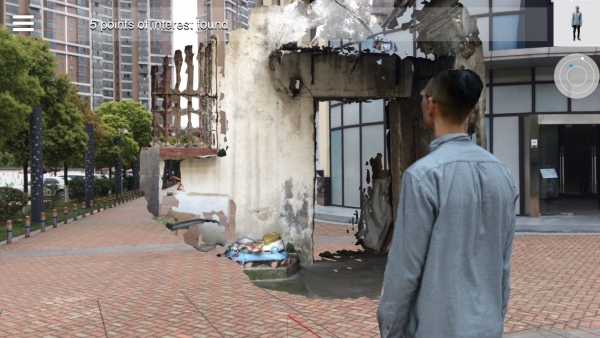
We hope to get the construction of the portal moving ahead in the next couple of days. Here are the final plans:
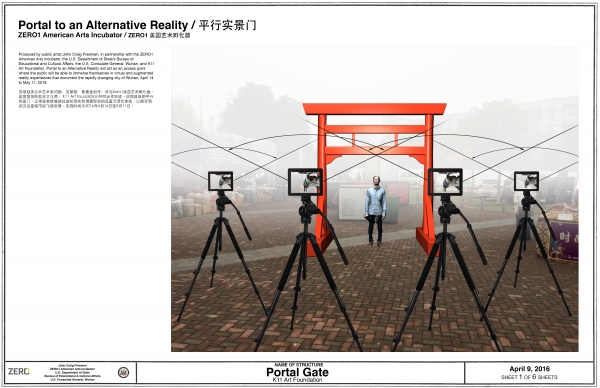
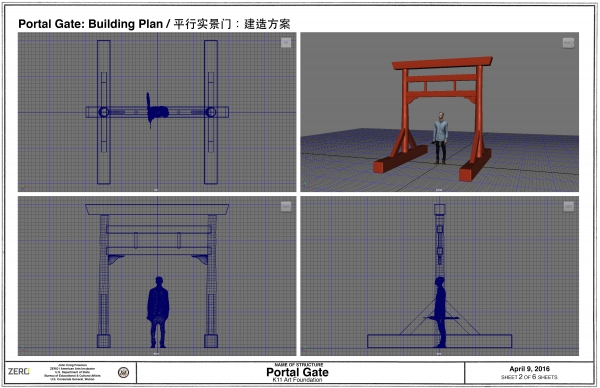
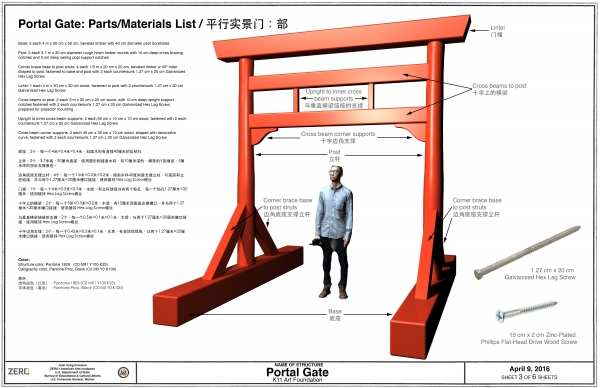
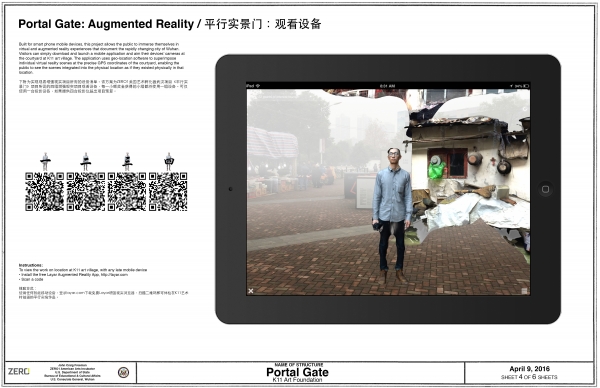
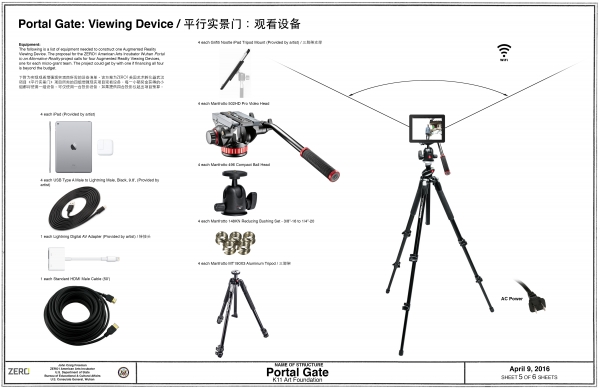
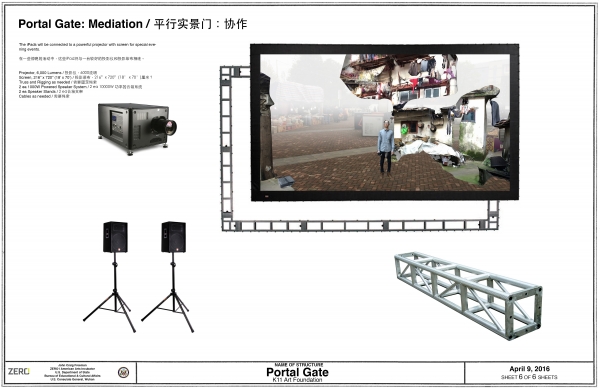
I am settled in now and things are moving forward! The Opening Ceremony and Artist Talk took place Sunday April 17th at the Wuhan Art Museum and the Augmented Reality Workshops got under way Monday April 18th. We seem to have generated significant buzz in the community. So exciting to have it happening after months and months of preparations! We had 53 participants the first day which thinned down to about 35 five regular attendees.
Through a series of exercises, particpants are learning how to create geo-located augmented reality. Geo-located Augmented Reality allows people to experience alternative realities at site-specific locations. The public can simply download and launch a free mobile app and aim their devices’ cameras at the surrounding physical place. The application uses location detection technology to superimpose virtual objects, people or scenes at precise GPS coordinates, enabling the user to immerse themselves in the work as if they existed in the real world.
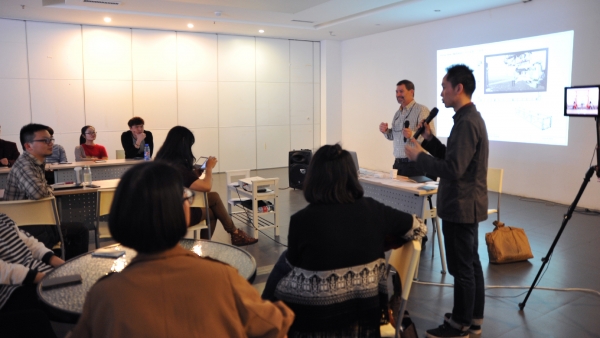
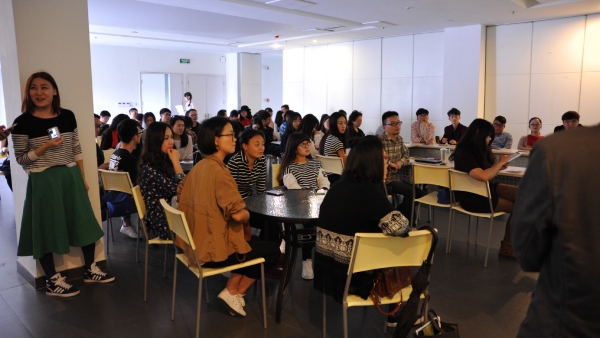
Community participants include faculty and students from the Hubei Institute of Fine Arts, the Central China Normal University, the Wuhan Textile University and other community members at large.
Each participant will be given wall space and a projector in K11’s exhibitions gallery to prepare poster style proposals for the micro-grant competition. On April 23rd the public will be invited to a community exhibition event where a panel review will be conducted to choose the four micro-grant recipient finalist teams.
During the implementation and engagement phase of the project, four micro-grant recipient finalist teams will be dispatched out into the city to create their own augmented reality scenes that document those parts of the city which best represent their sense of the change.
The resulting virtual work will then be placed at the precise GPS location of the portal gate in the courtyard of the K11 art village.
During the ZERO1 American Arts Incubator orientation meetings, it became apparent that there will likey be support to build a counterpart portal for an exhibition at Fort Mason Center for Arts and Culture here in San Francisco! People will be able to look through the American portal and see China, and vice versa.
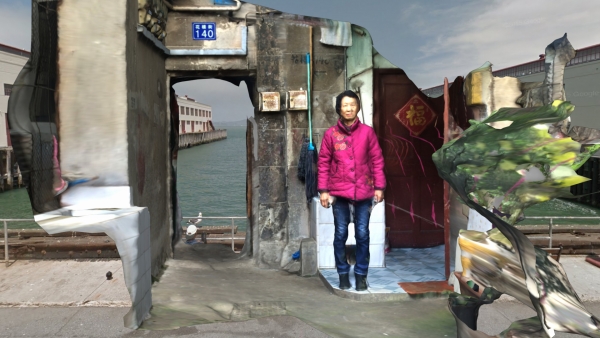
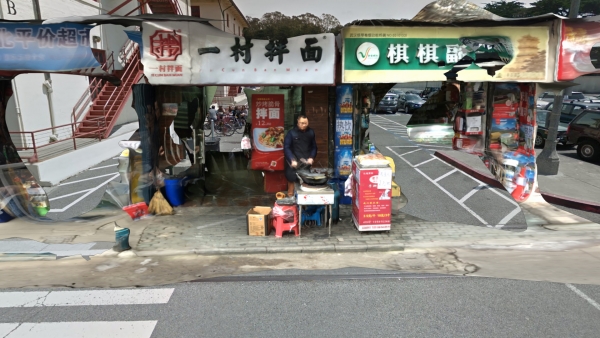
If you have access to any late mobile device and would like to view the work on location at Form Mason Center, I have created a quick set of instructions below.
Instructions:
• Install the free Layar Augmented Reality App, http://layar.com
• Scan this code
• Consult the map for a portal near you
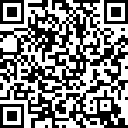
Justin Hoover, the Creative Director of the Fort Mason Center, was able to verify that the augmented reality scenes from Wuhan I placed before my departure were indeed there and working.
Before we were due downtown for the morning meeting on Wednesday, January 27th, Sara Dean (a fellow AAI Artist) and I managed to steal a few minutes to walk up to my old neighborhood at Haight and Masonic, where I created an avatar of her in the context of the street corner. So now I have virtual reality of San Francisco to place in the courtyard of K11 in Wuhan, where the portal will be built, to complete the conceptual opening of the virtual portal.
Sara Dean, Haight and Masonic by johncraigfreeman on Sketchfab
Just prior to the Uber arriving, I was able to knock out another virtual scene in front of the Airbnb where the Arts Incubator artists are staying for the week, with all but Beth Ferguson present.
Andy, Sara and Erin, Fell Street by johncraigfreeman on Sketchfab
Photogrammetry is the science, technology and art of obtaining reliable information from non-contact imaging and other sensor systems about the Earth and its environment, and other physical objects and processes through recording, measuring, analyzing and representation. In this case, photogrammetry is used to create 3D models from series of photographs taken at various angles.
IMG 9773 by johncraigfreeman on Sketchfab
Geo-located Augmented Reality allows people to experience alternative realities at site specific locations. The public can simply download and launch a free mobile app and aim their devices’ cameras at the surrounding physical place. The application uses location detection technology to superimpose virtual objects, people or scenes at precise GPS coordinates, enabling the user to immerse themselves in the work as if they existed in the real world.
After meetings with stakeholders in Hankou, I had the opportunity to test if geo-located augmented reality was even possible on Chinese mobile networks. Zhang Heer helped me acquire a local SIM card for my phone at China Unicom, a local provider.
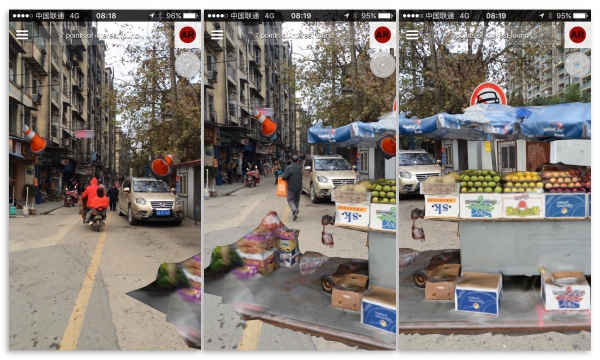
Although fraught with suspicious anomalies, the mobile networks of the city were active enough to open temporary access to alternative realities emanating from New York City and Los Angeles.
![]()
I have been invited by the U.S. Consulate in Wuhan, in partnership with the K11 Art Foundation to spend 28 days in Wuhan, China where I will engage and empower youth by building a portal to an alternative reality. Based on traditional Chinese timber carpentry techniques, the physical structure will act as an access point where the public will be able to immerse themselves in virtual reality (VR) and augmented reality (AR) experiences documenting the rapidly changing city.
I will assemble and train production teams made up of faculty and students from the Hubei Institute of Fine Arts, Central China Normal University, and the Wuhan Textile University to engage the local community to determine in which parts of the city we will create VR and AR work. Other potential partners include China Endangered Culture Protector, Hubei Museum of Art, Wuhan Art Museum and the studio of local artist Cai Kai.
The City of Wuhan
Wuhan is a city of over 10 million people locate in central China’s Hubei Province at the confluence of the Yangtze and Han Rivers. The city is consolidated from three traditional walled cities: Wuchang to the east of the Yangtze, and to the west, Hankou north of the Han and Hanyang to the south of the Han. With a more ancient history than Beijing, Xi’an, and Nanjing, the three cities date from before AD 223.
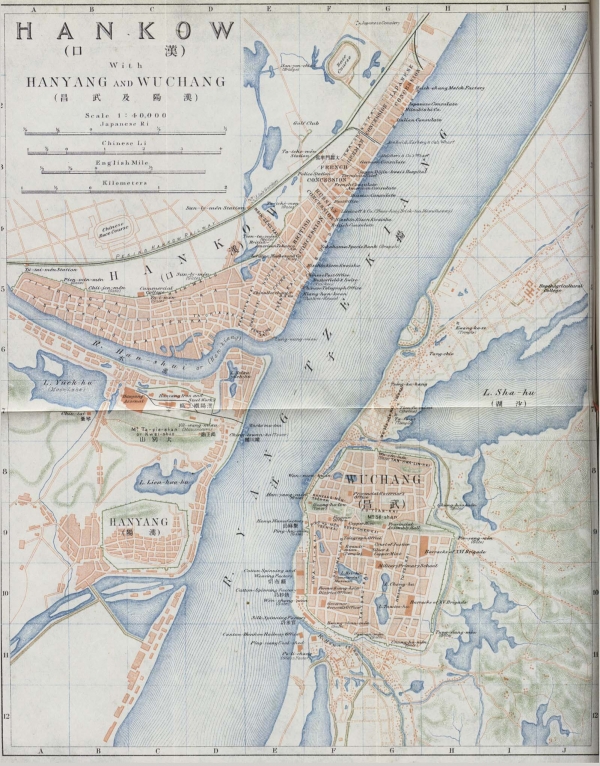
During the Second Opium War (1856–1860), the Qing Dynasty was defeated by western powers, which led to the founding of foreign concessions along the banks of the Yangtze in Hankou. In 1911, the rebellion that ended dynastic rule and led to the founding of the Republic of China was launched from Wuchang. The city was occupied by Japanese forces during the Second World War and largely destroyed by U.S. firebombing in December of 1944.
Considered one of the fastest changing cities in China, Wuhan just might be the fastest changing city in the world. Choked by Tortoise Hill in Hanyang and Snake Hill in Wuchang, the Yangtze has a history of unleashing devastating floods in Wuhan, which was an important factor in the building of the Three Gorges Dam, 335 mile upstream, and the recurrence of Dragon King mythology.
Site Visit and Planning Meetings: November 27, 2015
On my first day in Wuhan I was met by Jamie Dragon, Public Affairs Officer from the U.S. Consulate General in Wuhan, Bu Shi, Assistant Manager of Arts Projects at K11 Art Foundation (our AAI program partner in Wuhan), and Officer of Arts Projects at K11, Zhang Heer. We all walked over to Zhongshan Park to look for some test augments I had placed there before I left for China.
